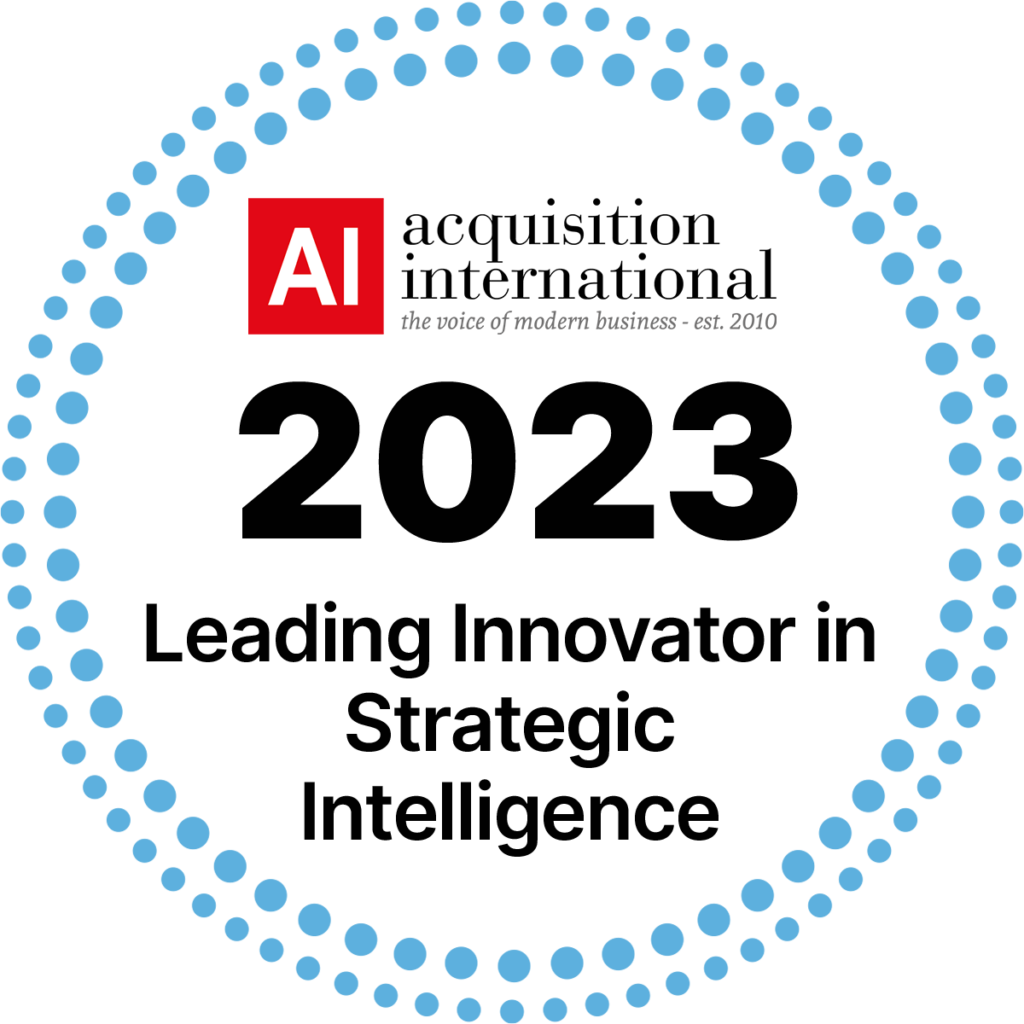Published: November 28, 2016
Author Victor Hugo wrote, “An invasion of armies can be resisted, but not an idea whose time has come.” With global online retail sales projected to exceed $1.9 trillion by the end of 2016 and $4.1 trillion by 2020, e-commerce is clearly here to stay. Walmart’s acquisition of Jet.com highlights this changing landscape, and portends the continued proliferation of e-commerce channels.
To stay ahead of the competition, companies across all industries (not just retail) must create and execute a comprehensive e-commerce strategy. Exploring operational changes now and starting down a path of investigation and change management is critical to long-term success and survival.
The Evolving Retail and Industrial Landscape
In its early days, e-commerce focused primarily on durable, nonperishable retail items such as books and shoes. However, consumers soon came to expect the same convenience when purchasing other items. Sellers recognized the trend and supply chains improved to meet the demand, resulting in booming online sales for even perishable and fragile items – groceries, flowers, electronics and more. Online grocery sales alone are predicted to reach $18 billion by the end of 2018.
Just as Amazon and other e-commerce players upended the brick-and-mortar retail market relatively quickly, organizations in other markets – including the B2B industrial market – need to take note and adapt to the next wave of e-commerce.
For example, though large industrial distributors utilize both online portals and brick-and-mortar branches, the expense of operating physical stores drags heavily on their profit margins. Unfettered by these costs, Amazon has entered industrial supply market with its Amazon Business platform. The platform offers over 2.2 million industrial parts and business supplies, along with Amazon’s familiar interface and convenient purchasing process.
Amazon’s rapid expansion into this market isn’t the only challenge industrial distributors face. Product manufacturers are looking to eliminate the middle man by selling directly to consumers and businesses. Even after accounting for the packaging and shipping costs associated with e-commerce, this approach stands to boost manufacturers’ profits dramatically.
To capitalize on and survive the inevitable shift to e-commerce, businesses in all markets –including manufacturers who intend to sell directly to consumers — must re-evaluate their entire product lifecycle, from packaging and shipping to marketing and customer engagement. In the sections that follow, we provide a high-level overview of the factors to consider. A future series of blog posts will include in-depth analyses and recommendations for each component.
Developing Your E-Commerce Strategy
If you’re a manufacturer entering the e-commerce space, how will you structure your production facilities and warehouses to be most cost effective? E-commerce requires you to ship to customers everywhere instead of to a finite number of distributors and retail stores. Should you position your manufacturing plants in a central location, near your warehouses? What are your competitors doing? How can you outmaneuver them? Gathering accurate competitive intelligence at this stage is critical to getting Out in Front®. These may seem unthinkable activities for a shift in sales channels…but organizations are already looking to make these exact changes!
For both manufacturers and distributors, how will e-commerce impact your packaging? Companies are using lighter and more streamlined packaging to reduce shipping costs. However, packaging must also be sturdy enough to protect the product during shipping and potentially withstand large swings in temperature. More than 80% of consumers ages 18-35 would consider taking their business elsewhere if they receive a damaged item, so packaging durability is key.
Will you have separate packaging designs for retail sales and e-commerce, or will you use the same style for both channels? If products increasingly are not on shelves, what can I change in packaging to make it more consumer oriented? What are the costs associated with each approach? Are you committed to using earth-friendly packaging materials? These decisions matter, as 66% of American customers feel that your packaging reflects how much you care about them.
As consumers increasingly look to make purchases online and via mobile apps, how will you market to and engage with them? Are you leveraging social media, unique content and digital advertising to connect with your customers? Digital campaigns can be very effective, but require a well thought out strategy and ongoing assessment.
Finally, since customer engagement doesn’t end with the purchase itself, how will you handle product returns and unhappy customers? Will you provide free shipping labels to cover the cost of returning an online purchase? If your business also has brick-and-mortar stores, can customers return online purchases to the store, too? How will you respond to poor reviews on social media? Ongoing customer engagement can help protect your reputation and promote repeat business.
Conclusion
The e-commerce revolution continues to expand across all industries. To capitalize on this trend and maximize profitability, companies are investing considerable resources into new approaches to production, distribution, packaging, marketing and customer engagement. If you don’t have an e-commerce strategy, and if you’re unaware of what your competitors are doing in this space, you will be left behind. Regardless of your industry, now is the time to get Out in Front®.
REFERENCES
eMarketer.com (2016). Worldwide Retail E-Commerce Sales Will Reach $1.915 Trillion This Year. https://www.emarketer.com/Article/Worldwide-Retail-Ecommerce-Sales-Will-Reach-1915-Trillion-This-Year/1014369
MHLnews.com (2016). How Packaging Can Help Companies Deal with Heightened E-Commerce Demands. http://mhlnews.com/transportation-distribution/how-packaging-can-help-companies-deal-heightened-e-commerce-demands
Mohan, Anne Marie (2016). How E-Commerce is Changing the Packaging Landscape. Packaging World. https://www.packworld.com/issues/e-commerce/article/13370301/how-ecommerce-is-changing-the-packaging-landscape
O’Connor, Clare (2015). Amazon Launches Amazon Business Marketplace, Will Close AmazonSupply. Forbes.com. http://www.forbes.com/sites/clareoconnor/2015/04/28/amazon-launches-amazon-business-marketplace-will-close-amazonsupply/#522863e266d2













